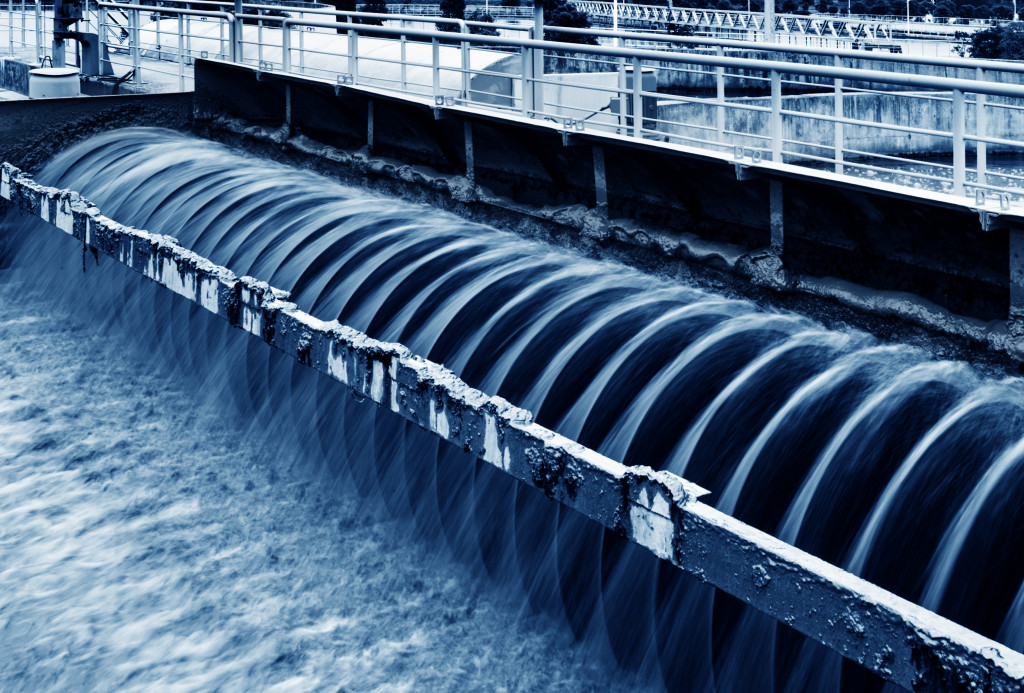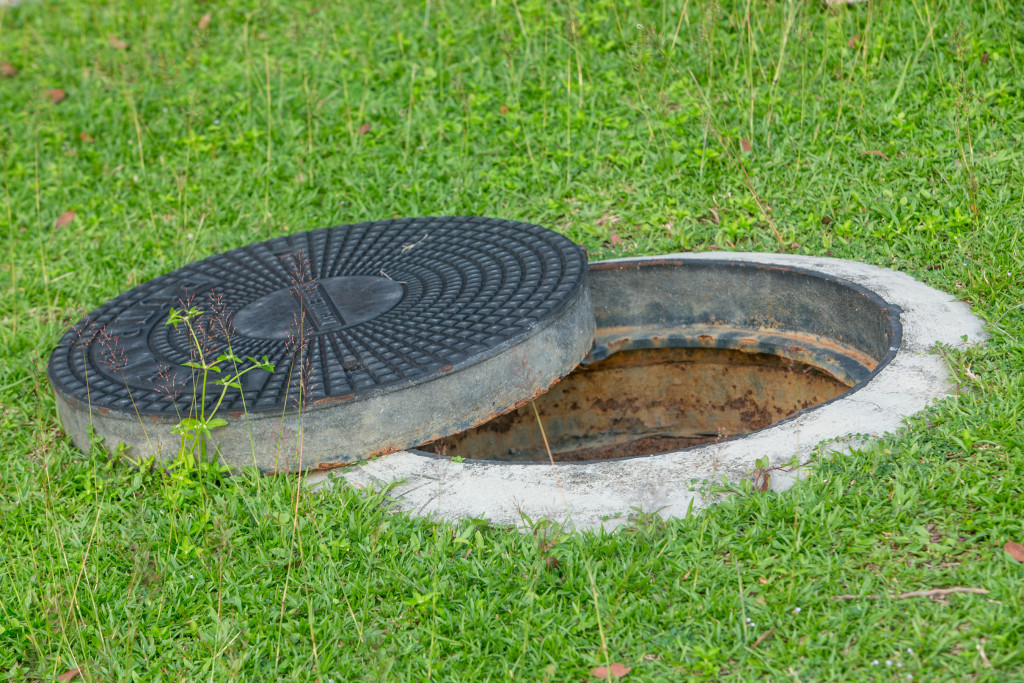The world has a huge problem with water—or the lack of it. In 2021, the searing summer heat led to drought in Nevada, Utah, and California. In some of these places, the government imposed water restrictions. Many years before this, some countries even prohibited their residents to turn on to conserve water.
The planet is about 70 percent water, but only 2.5 percent is fresh water. Of this percentage, only a fraction is easily accessible from the surface.
Despite the already limited resources, most of what is available to humans are affected by water pollution, of which around 80 percent is wastewater, according to the Natural Resources Defense Council (NRDC).
What Makes Wastewater Treatment Unsustainable?
Wastewater can pollute available water in many ways. One, plants can accidentally and sometimes deliberately dispose of their sewage directly into the bodies of water, such as streams, oceans, and seas. In some cases, they would leak into the ground, eventually finding their way into the main water supply.
But one of the primary reasons for the problem is the unsustainability of the current wastewater treatment and sewage facilities.
1. Building Costs
In their article for ejnet.org, Abby Rockefeller and Robert Goodland shared that the economic costs of building and maintaining sewage treatment are enormous. About 80 to 90 percent of the budget usually goes to the transportation of wastewater such as the laying of pipes, acquisition of land where pipes are likely to pass through or which may function as a reservoir, and payment for the displacement of households affected by land acquisition.
In OECD countries, the potential costs for connecting a single household to a sewage system could already reach at least $50,000. It isn’t surprising then that low-income countries in the sub-Saharan region and Southeast Asia struggle with providing adequate sanitation facilities. Thus, many homes not only lack toilets but also dump their waste directly into the bodies of water.

2. Water Leakage
There’s also the cost of maintenance of the sewage system. Many of the pipes, for example, are likely to be in their advanced state of decay, which makes them prone to water leakage and release of corrosive materials. But replacing these can cost millions.
In 2015, an audit of the wastewater treatment near the Danube River basin revealed that, while the methods were still adequate, they were already weak. It could not completely handle rain overflows and sewage sludge, which means these could pollute the river. Yet the facility struggled to finance it partly due to the low collection of wastewater tariffs from households.
3. Water Inequality
Lastly, the authors cited the issue of diverting clean water to separate, treat, or flush sewage. Clean water itself is a scarce resource that only those with sufficient facilities to maximize it can effectively use. But using more for waste only leaves countries with little of it with even less.
What Can Stakeholders Do to Make It Sustainable?
For now, it seems businesses and households will continue to produce wastewater to support their needs. What stakeholders can do, though, is to efficiently use available resources to minimize the creation of more waste. Here are a few ideas:
- Improving the integrity of the water pipes — Anything that’s old needs replacing. Otherwise, the cost of leakage can be far more than the spending for new pipes. But this time, they can invest in better lining options like OBIC 1000, a polyurethane material that is highly resistant to corrosion, chemicals, and harsh environments, as well as provides tough and durable waterproof membranes. It is the same technology used in pump stations, secondary containment, and wet wells.
- Investing in energy-efficient and sustainable toilets — Today, homes and offices can buy dual-flush systems, which use pressure instead of water volume to get rid of both solid and liquid wastes. The pair of buttons can control the amount of water released by the tank. In 2019, Bill Gates installed about 400 worm toilets in the poorest sections of India where people defecate in the open. As the name of the invention suggests, worms help compost human waste to avoid spending on sewage hookups and using water for flushing.
- Maximizing seawater — As early as the 1950s, many Hong Kong homes have been using seawater for flushing. In 2015, this system already covered 85 percent of the households. Singapore, meanwhile, has already four desalination plants with one more coming up in 2021. These facilities convert seawater into potable water through reverse osmosis.
Making sewage systems more sustainable doesn’t rely on a single solution. It needs various approaches participated by all stakeholders from the government to consumers. While more still needs to be done, at least some are taking the steps in the right direction.

